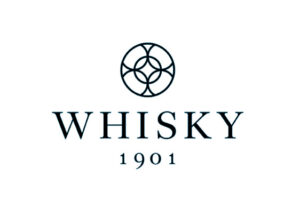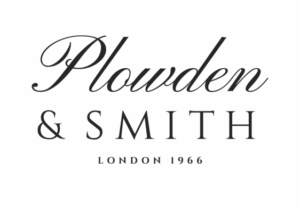The Art of Collecting Posters
Once Jules Chéret had mastered the lithographic process, advertising posters took off in fin de siècle Paris, with its artists’ quarter catching on early.
Henri de Toulouse-Lautrec, with his Belle Epoque designs for the cabaret, notably the Moulin Rouge, treated the poster as serious art. ‘Affichomanie’ (poster mania) involved fans touring the streets trying to buy or beg for posters before they had been glued to the walls. Designs also promoted wines, spirits, perfumes and cosmetics, and the new craze for cycling.
Across the Channel Frank Pick proved to be an inspired choice as publicity officer for London Underground, commissioning the distinctive typeface and poster designs from artists who would go on to become leading figures of Modernism that promoted destinations along the tube lines as suburban idylls.
The golden age of travel in the 1930s provided another opportunity for inspiration, while skiing and other sports added to the mix. Art Deco style conveyed the luxury and grandeur of the shipping lines, the undisputed master of this form being A.M. Cassandre, whose imposing depictions of the SS Normandie from the viewpoint of the waterline are unsurpassed.
Alfred Leete’s commanding 1914 poster of Lord Kitchener demanding recruits remains the most memorable image of early Great War propaganda. It inspired the equally iconic I want you for U.S. Army Uncle Sam poster of the following year by JM Flagg.
As head of publicity at Shell Oil, Jack Beddington and his deputy, John Betjeman, commissioned artists such as Edward McKnight Kauffer, John Piper, Paul Nash, Vanessa Bell, Graham Sutherland and Ben Nicholson for the You can be sure of Shell campaign.
Post-War, luxury, sport and travel breathed new life into the poster as an artform, with photo offset printing taking over from stone lithography as the favoured production method.
Collectors are driven by rarity, condition, subject matter, artistic impact, designer and, to a degree, age. Originally designed as disposable advertising material, most posters have not survived, few in excellent condition.
Designers also matter: A.M. Cassandre for cruise liners, Edward McKnight Kauffer and Man Ray for London Transport, Roger Broders, Emil Cardinaux and Alex Walter Diggelmann for the best ski resort designs – while celebrated artists such as Edward Bawden, John Piper or Laura Knight also have a keen following.
Graphic quality, composition, colour and sense of movement affect value alongside other factors.
All posters are rated for condition, with gradings running from A to D (including + and –, so A+, A, A– and so on), reflecting how flawed they are – tears, creases and other damage don’t help. Ideally posters should be framed under Perspex or glass that blocks ultraviolet rays to prevent fading. Unframed posters should be stored, unfolded, in acid-free paper.
London poster dealer Kirill Kalinin (pictured above) runs AntikBar gallery on the Kings Road. A collector turned dealer, he specialises, among other subjects, in Soviet Propaganda posters. He also
holds auctions – the next on June 28 – and gives talks on collecting, as well as advice on trends and prices. See his website at www.antikbar.co.uk

Antik Bar will be exhibiting this rare linen-backed Monaco Grand Prix poster, designed by Georges Hamel (1900-72) at The Berkeley Square Fair. Dating to 1935, measuring 79 x 119cm and featuring a Mercedes W25, one of the so-called Silver Arrow cars, it is in excellent condition and carries a price tag of £37,000.





